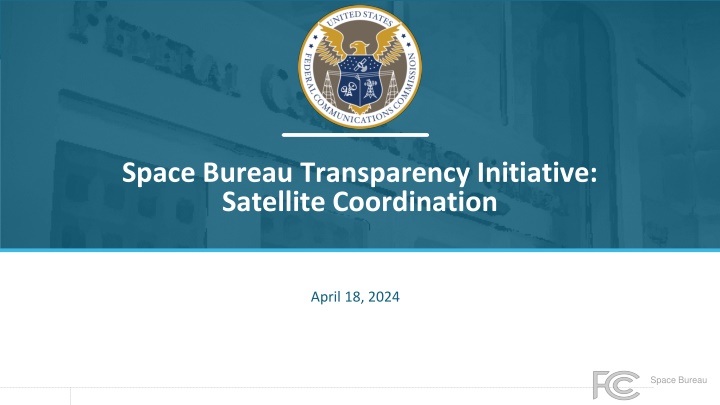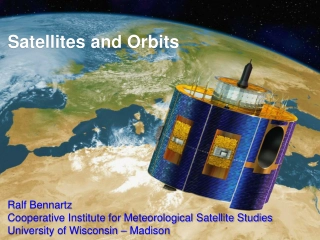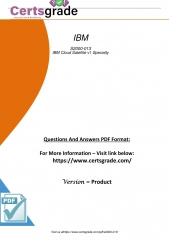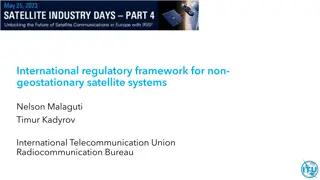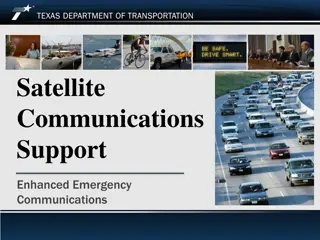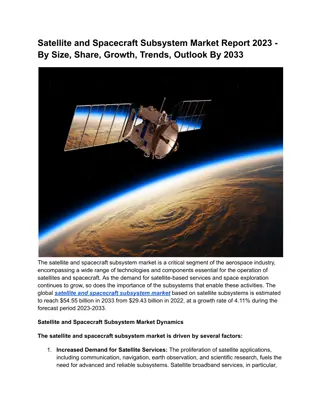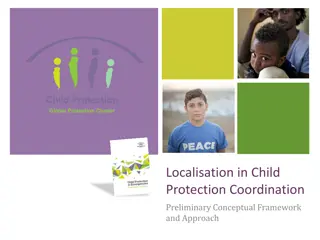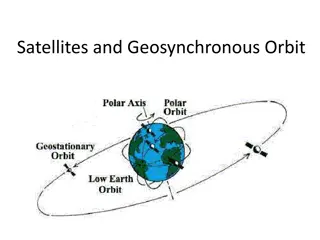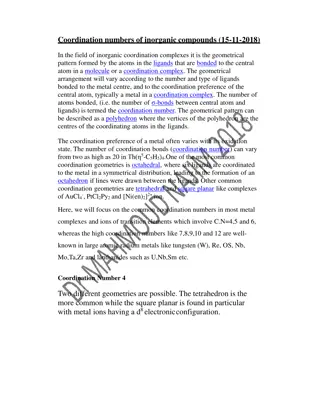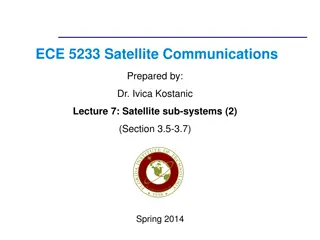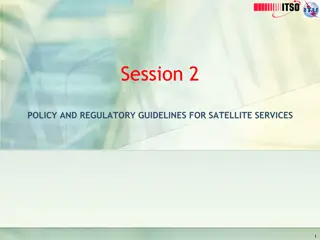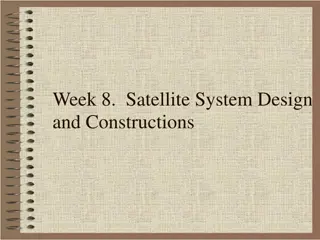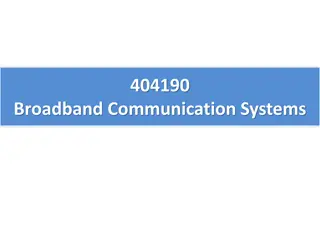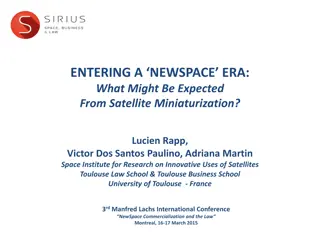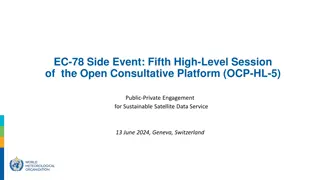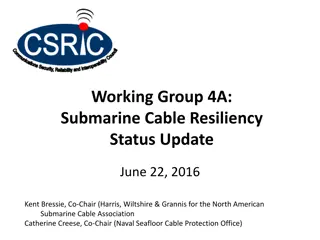Satellite Coordination and Regulatory Framework
Within the domain of space communications, satellite coordination plays a vital role in managing interference and ensuring efficient frequency allocation. This involves adherence to ITU Radio Regulations, coordination processes, and international agreements to facilitate harmonious satellite operations. Learn about the guidelines, procedures, and necessities involved in coordinating satellite services effectively.
Download Presentation

Please find below an Image/Link to download the presentation.
The content on the website is provided AS IS for your information and personal use only. It may not be sold, licensed, or shared on other websites without obtaining consent from the author.If you encounter any issues during the download, it is possible that the publisher has removed the file from their server.
You are allowed to download the files provided on this website for personal or commercial use, subject to the condition that they are used lawfully. All files are the property of their respective owners.
The content on the website is provided AS IS for your information and personal use only. It may not be sold, licensed, or shared on other websites without obtaining consent from the author.
E N D
Presentation Transcript
Space Bureau Transparency Initiative: Satellite Coordination April 18, 2024 Space Bureau
Outline Space Bureau Coordination Guidance Documents Introduction Why coordinate? ITU Radio Regulations Coordination Types The CN Coordination Process The AN Coordination Process FCC Space Bureau Apr. 18, 2024 2
Space Bureau Coordination Guidance Documents FCC Space Bureau Apr. 18, 2024 3
Why Coordinate? Communications systems must coordinate to control and mitigate interference Due to their distance from Earth, satellite beams often cover more than one country at a time Some frequency bands are shared between satellite services and terrestrial services, and each country can have its own frequency allocations Figure from ITU WRS-22 Overview of Space Services and Regulatory Framework FCC Space Bureau Apr. 18, 2024 4
ITU Radio Regulations ITU Radio Regulations provide the framework and procedures for satellite coordination and registration in the Master International Frequency Register (MIFR) in Chapter III ITU RR Articles 7, 9, 11, 21, and 22 contain most of the procedures for coordinating in non-planned bands Appendices 30, 30A and 30B contain the procedures for the planned satellite bands. Coordination Elements (non-planned) Relevant ITU Provisions Procedures Articles 9 & 11 Submission format Appendix 4 Technical & operational limits Article 5, 21, and 22 Criteria and methods to identify coordination requirements Appendix 5, 7 and 8 FCC Space Bureau Apr. 18, 2024 5
Coordination Provisions for non-planned BSS or FSS networks Case Provision GSO to GSO 9.7, Article 7, AP30/30A/30B Certain ES of GSO to NGSO 9.7A NGSO to Certain ES of GSO 9.7B BSS (GSO/NGSO) to Terrestrial Services 9.11, Res. 539 NGSO to NGSO 9.11A/9.12 NGSO to GSO 9.11A/9.12A GSO to NGSO 9.11A/9.13 NGSO/GSO to Terrestrial Services 9.11A/9.14 The requirement to seek the agreement of other administrations is included in a footnote to the Table of Allocations 9.21 Table from ITU WRS-22 Overview of Space Services and Regulatory Framework FCC Space Bureau Apr. 18, 2024 6
How does Coordination work? FCC Space Bureau Apr. 18, 2024 7
Coordination Types and CN Procedure CN Procedure for CR/C Types of Coordination CN procedure the procedure for satellite networks subject to Section II of Article 9 Coordination Procedure AN procedure the procedure for satellite networks not subject to Section II of Article 9 Coordination Procedure (used by some NGSO) Figure from ITU WRS-22 Overview of Space Services and Regulatory Framework FCC Space Bureau Apr. 18, 2024 8
Coordination Initiation 1. For satellite networks subject to Articles 9 and 11, the coordination process starts when an administration submits a coordination request (CR) to the ITU Once the CR/C is received, the ITU reviews the material and publishes the Advanced Publication Information (API) in the IFIC After a 4-month comment period, the ITU publishes the CR in the IFIC. This is at least 6 months after the date of receipt of the API. 2. 3. FCC Space Bureau Apr. 18, 2024 9
Coordination Phase Each admin reviews the BR IFIC and determines whether or not interference may be caused to, or by, its own assignments. If interference may occur, the affected admin informs the ITU and the requesting admin. within the 4-month comment period Information concerning the satellite network(s) affected by the proposed network and a proposal for a solution to the issue is provided. Requests for coord. should be acknowledged within 30 days from the date of receipt Admins not responding to the BR IFIC within the 4-month comment period are treated as unaffected. The ITU reviews comments from the admins using App 5 procedures and publishes the final list of affected admins whose networks will require detailed bi-lateral coordination FCC Space Bureau Apr. 18, 2024 10
Coordinating and Notifying a Satellite Network Coordination Once the ITU finalizes the list of affected, the admin of the proposed network initiates coordination with the affected parties. This is can be done through correspondence or face-to-face meetings When an agreement on coordination is reached, the administration responsible sends the Bureau information concerning the agreements. For satellites operating in non-planned Bands, the satellite network must complete all coordination and be notified to the ITU within 7 years of the date of receipt of the API or the CR/C will be suppressed. Notification After coordination with affected admins is completed, notification filings are sent to the ITU Filings include any Appendix 4 information updates ITU reviews filings and enters the sat network in the Master International Frequency Register (MIFR) FCC Space Bureau Apr. 18, 2024 11
AN Procedure for Networks not subject to Coordination Figure from ITU presentation to WRS-18 Advance Publication Information (API) for satellite networks not subject to coordination FCC Space Bureau Apr. 18, 2024 12
AN Procedure The provisions of Article 9, Sub-Section IA (API on satellite networks that are not subject to coordination procedure under Section II) are applicable Examples: Small sats that make use of frequencies not subject to coordination; GSO satellite networks with inter-satellite links operating with other NGSO space stations in bands not subject to coordination These networks are subject to a commenting procedure and the resolution of potential interference specified under No. 9.3 This procedure is not optional. Comments to an API should be submitted within 4 months of the date of publication of the API special section in the IFIC The Bureau will publish the list of admins which have sent comments in an API/B special section in an BR IFIC FCC Space Bureau Apr. 18, 2024 13
Cooperation and Resolution of Potential Interference Both administrations should cooperate in joint efforts to resolve any potential interference and shall exchange any additional relevant info that may be helpful In case of difficulties, the administration responsible for the planned satellite network should explore all possible means to resolve the potential interference without considering the possibility of adjustment to networks of other administrations If no such means can be found, it may request the other administrations explore all possible means to meet its requirements Either party can request assistance of the Radiocommunications Bureau (No. 9.3) The admins concerned should make every possible effort to resolve the potential interference Notification Procedures After the resolution of the potential interference through coordination, the network may be notified and added to the MIFR This process is the same as for the CN procedure FCC Space Bureau Apr. 18, 2024 14
Conclusion Contact Information: satinfo@fcc.gov FCC Space Bureau Apr. 18, 2024 15
